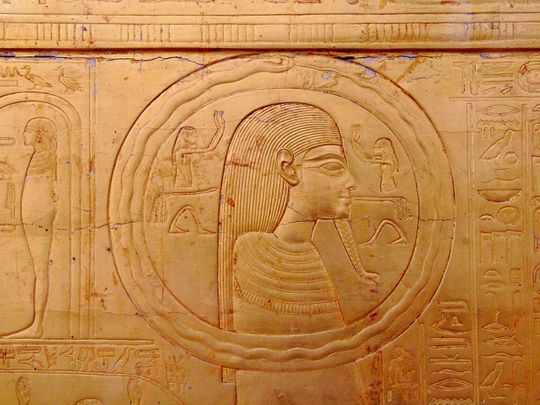
Do you want your next vacation to be meaningful? Perhaps a journey into places that inspire and make you wonder, rather than the hustle and bustle of city streets?
Click start to play today’s Spell It, where we go on ‘leave’ to destinations immersed in history and heritage.
Here are three destinations where you can travel off the beaten path to explore places lost in time:
1. Egypt
At the edge of the Pyramids in Giza, perfectly placed in the dramatic location, is the Grand Egyptian Museum of Cairo. It’s the new home of King Tutankhamun, a famous pharaoh from the 18th dynasty of ancient Egypt. Along with housing more than 5,000 treasures from his tomb, the nearly 5.3 million square foot complex features most of the country’s collection of ancient artifacts. That’s over 100,000 pieces in total – a wondrous way to journey back to one of the oldest civilisations on Earth.
2. Appian Way, Italy
All roads lead to Rome, they say, and for good reason. The Appian Way in Italy was an ancient highway, built over 2,300 years ago. Extending for nearly 580km from the heart of Rome all the way to the port of Brindisi on the Adriatic Sea, this super-highway was nicknamed Regina Viarum or ‘Queen of the Roads’. Ordinary citizens once tread along this path, along with marching soldiers, and some of the best-known Romans, from Latin poet Horace to Emperor Commodus (whom you might remember from the Hollywood movie, Gladiator, released in 2000). Currently, the Italian government is bringing this road back to life, by restoring the ancient cobblestones and transforming it into a walkable route for visitors today.
3. Longmen Grottoes, China
A visit to Longmen Grottoes in China’s Henan province gives you insight into the amazing artistry of the Tang Dynasty. On limestone cliffs rising above the Yi River, you’ll find hundreds of caves, holding over 100,000 Buddhist sculptures that were created between the fifth and eighth centuries AD. The grottoes also feature more than 60 stupas and 2,800 inscriptions carved on stele. The United Nations Educational, Scientific and Cultural Organisation inscribed the Grottoes in its World Heritage List in the year 2000, and it remains a remarkable example of the integration between human art and Nature.
Have you journeyed to a place that takes you back in time? Play today’s Spell It and tell us at games@gulfnews.com.







